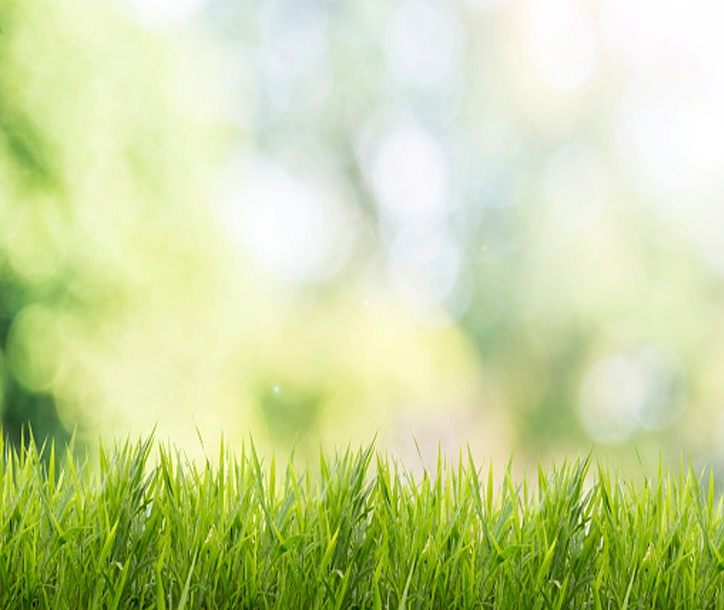It’s common for fungal infections to invade your grass during the summer. The combination of moisture and cool weather at night make your yard welcoming to some diseases.
Dollar Spot
June is the time when you may start noticing a lawn disease called Dollar Spot. Dollar Spot is a fungal infection that looks like a small, tan- or brownish-colored circular spot that’s the size of a silver dollar. (Don’t have any silver dollars lying around? It’s about 2 ½ inches in diameter.)
When your yard is deficient in nitrogen, it makes it easy for the Dollar Spot fungus to take hold and grow. Since the fungus can be easily carried from place to place through foot traffic, wind, and water, it can spread easily, until the spots start to combine to form much-larger-than-dollar-sized spots. In the morn ing, when there’s dew on the ground, you may also see some cotton-like threads in the spots—a bit like what spider webs look like.
ing, when there’s dew on the ground, you may also see some cotton-like threads in the spots—a bit like what spider webs look like.
It grows in various temperatures, too – from about 50 degrees in the evenings to up to 90 degrees during the summer time. Fungicide treatments can eliminate Dollar Spot, so it’s best to call a lawn care company if you suspect this disease has invaded your yard.
Leaf Spot
Although it’s called Leaf spot, this fungal disease can also damage your grass. The spores sit on your grass during the winter and are activated once temperature each about 60 degrees in the spring. Since it grows well in wet areas, rain and dew can make this condition worse. It spreads through spores on the wind, or through foot traffic, and will become worse in the hot, dry summer. Your grass will be marked by lesions and look dried out. Some homeowners believe that their grass just needs to be watered more, but during this time, your grass can become very damaged.
As with Dollar Spot, Leaf Spot can be treated through fungicide, and with proper lawn care, likely won’t appear again.
Superior Lawn Care’s five-step lawn application program ensures that your lawn is resistant to disease with custom-mixed fertilizer, weed control, and insect protection. Increase your property’s curb appeal, and enjoy a healthy, green, thick lawn this summer and fall. Call Superior Lawn Care today. We provide service to all of southwestern Pennsylvania, including Pittsburgh, Wexford, Penn Township, Upper St. Clair, and Cranberry.



 r wave coming in August.
r wave coming in August.